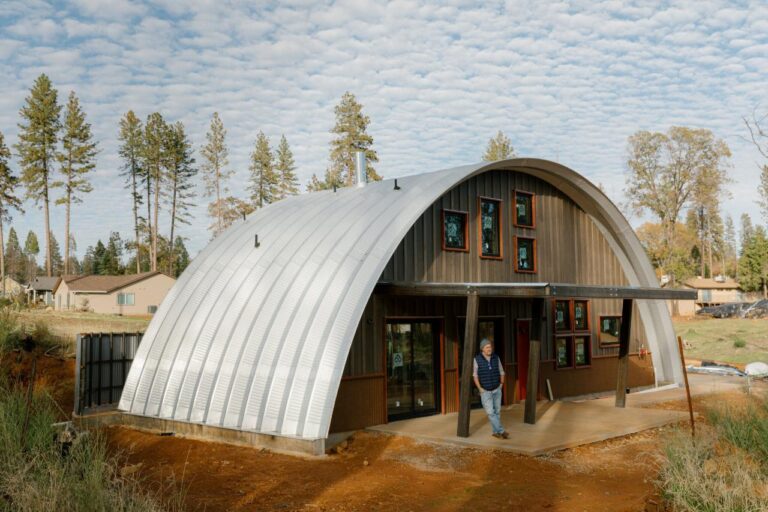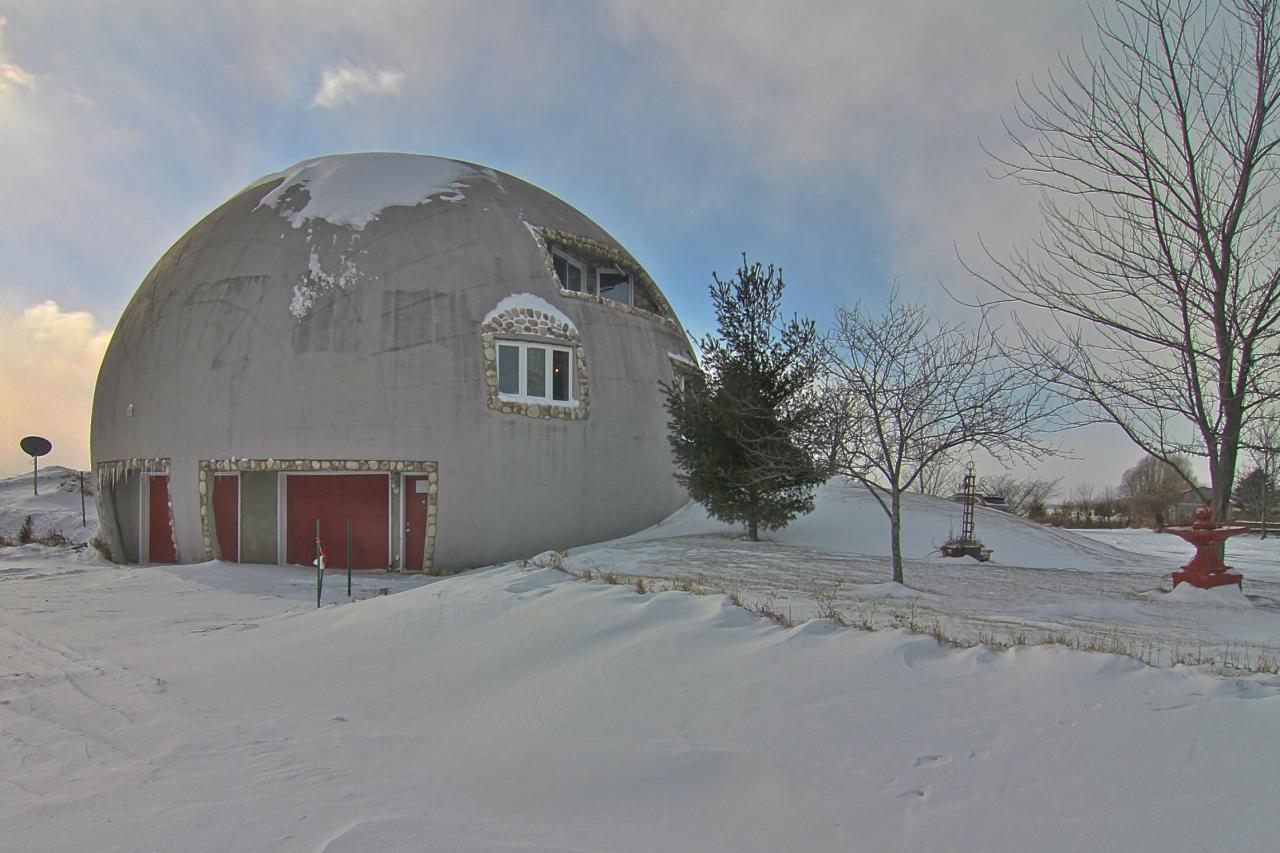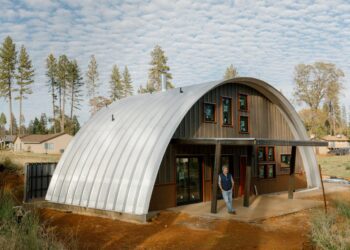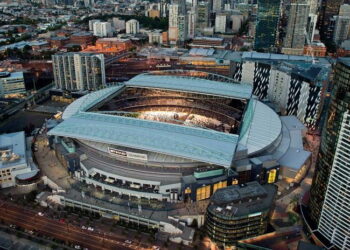Introduction: Engineering Resilience for a Chaotic World
As climate disasters surge 500% since 1980 and 75% of cities face extreme weather risks, disaster-proof community planning has transformed from niche concept to survival imperative. This 2,500-word blueprint reveals how forward-thinking cities slash economic losses by 43%, reduce recovery time by 68%, and boost property values by 22% through science-backed resilience strategies—integrating AI forecasting, biomimetic design, and social capital engineering.
The Urgency of Disaster Resilience
Data driving the paradigm shift:
-
Economic Toll: Natural disasters cost $380 billion annually (World Bank 2024)
-
Human Impact: 1 in 30 people displaced by climate events since 2020 (IDMC)
-
Infrastructure Vulnerability: 65% of critical facilities in floodplains (FEMA)
-
Equity Crisis: Low-income communities suffer 7x longer recovery times
Core Disaster-Proofing Framework
A. Risk Intelligence Systems
Predicting threats before they strike:
-
AI Hazard Modeling:
-
Platforms: One Concern (seismic) / Jupiter Intelligence (flood)
-
Function: Simulates 5,000 disaster scenarios using satellite + IoT data
-
-
Community Vulnerability Mapping:
-
Layers infrastructure fragility + population density + supply chain risks
-
-
Case: Miami’s “Sea Level Rise Explorer” predicts flooding at parcel-level
B. Adaptive Land Use Planning
Strategic zoning for survival:
-
Defensible Space Mandates:
-
Wildfire zones: 30m fuel-free buffers around structures
-
Floodplains: Floating development restrictions
-
-
Multi-Functional Landscapes:
-
A. Parks as stormwater reservoirs (Houston’s Memorial Park)
-
B. Sports fields as emergency helipads
-
C. School campuses as disaster shelters
-
C. Infrastructure Armoring
Engineering the unbreakable:
-
Microgrid Networks:
-
Tesla Powerpack-backed systems maintaining power during outages
-
-
Aqueduct Fortification:
-
Seismic joints + submarine-grade concrete in water systems
-
-
Roadway Resilience:
-
Permeable pavements reducing flood risk by 35%
-
Heat-reflective surfaces preventing buckling at 50°C+
-
Cutting-Edge Resilience Technologies
| Technology | Function | Deployment Leader |
|---|---|---|
| Tsunami Walls with AI Valves | Automatic closure pre-wave impact | Japan (Iwate Prefecture) |
| Wildfire-Proof Smart Glass | Self-tinting during ember storms | California (Sonoma County) |
| Earthquake-Damping Foundations | Liquefaction-resistant helical piles | New Zealand (Christchurch) |
| Floodable Architecture | Amphibious foundations + buoyant utilities | Netherlands (Maasbommel) |
Social Resilience Engineering
A. Community Response Networks
Human infrastructure for disasters:
-
Neighborhood “Pod” Systems:
-
10-household units with trained captains + shared resources
-
-
Digital Trust Platforms:
-
Blockchain-based aid distribution (Turkey’s post-quake system)
-
-
Vulnerability Audits:
-
Identifying elderly/disabled residents pre-disaster
-
B. Economic Continuity Planning
Keeping livelihoods intact:
-
Business Resilience Hubs:
-
Co-working spaces with satellite internet + backup power
-
-
Supply Chain Shoring:
-
90-day essential goods stockpiles + local production networks
-
-
Disaster Employment Programs:
-
Training residents as certified first responders
-
Nature-Based Defense Systems
A. Biomimetic Flood Control
Working with ecosystems:
-
Living Breakwaters:
-
Oyster-reef structures dissipating wave energy (Staten Island)
-
-
Urban Mangrove Forests:
-
Salt-tolerant species absorbing 90% of storm surge force
-
-
Sponge City Principles:
-
Shanghai’s 4.3 million m² of absorbent landscapes
-
B. Fire-Adaptive Landscaping
Creating natural firebreaks:
-
Pyrophytic Plant Corridors:
-
Fire-resistant species (agave, rockrose) in strategic zones
-
-
Hydrological Reinforcement:
-
Fog-harvesting towers irrigating defensible spaces
-
-
Grazing Management:
-
Goat herds maintaining 100m fuel-free buffers (Boulder, CO)
-
Global Case Studies
A. Tokyo Earthquake Preparedness
-
Key Strategies:
-
A. Underground storage cities (food/water for 7 million)
-
B. AI-powered evacuation route optimization
-
C. Mandatory seismic retrofits for 90% buildings
-
-
Result: Projected fatalities reduced from 23,000 to 5,000
B. Netherlands’ Delta Program
-
Multi-Layered Defense:
-
Primary: Storm surge barriers (Maeslantkering)
-
Secondary: Elevated “terpen” settlements
-
Tertiary: Floating neighborhoods
-
-
ROI: $1 billion/year flood damage prevention
C. Cedar Rapids Flood Framework
-
Innovations:
-
A. Property buyouts converting floodplains to parks
-
B. Business disaster recovery loans at 0.5% interest
-
C. Sensor network predicting river surges 72h advance
-
-
Impact: 80% faster recovery after 2020 floods
Implementation Roadmap
A. Phase 1: Risk Assessment (Months 1-6)
-
Hazard Mapping: LiDAR flood modeling + wildfire simulations
-
Infrastructure Audits: Bridge seismic ratings + hospital generator capacity
-
Social Vulnerability Index: Identifying at-risk populations
B. Phase 2: Strategic Development (Months 7-24)
-
Zoning Overhauls:
-
A. Elevation requirements in flood zones
-
B. Firewise construction codes
-
-
Critical Infrastructure Hardening:
-
Substations elevated + water treatment plants armored
-
-
Resilience Workforce Training:
-
CERT programs for 5% of population
-
C. Phase 3: Ongoing Optimization
-
Annual Disaster Drills: Full-scale community exercises
-
Adaptive Governance: Real-time policy adjustments post-events
-
Technology Upgrades: Sensor network expansions + AI model retraining
Funding Mechanisms
| Source | Typical Funding | Best For |
|---|---|---|
| FEMA BRIC Grants | Up to $50 million | Infrastructure hardening |
| World Bank CAT-DDO | $500 million lines of credit | National programs |
| Catastrophe Bonds | $1-5 billion | Coastal megacities |
| Climate Resilience Taxes | 0.5-2% property surcharge | Ongoing maintenance |
Future-Proofing Technologies (2030+)
-
4D-Printed Levees: Self-raising flood barriers responding to water sensors
-
Seismic Metamaterials: Buildings that divert earthquake energy
-
AI Mayors: Predictive governance systems automating evacuations
-
Carbon-Capture Barriers: Sea walls made from CO₂-sequestering concrete
Conclusion: The Unshakeable Community Blueprint
Disaster-proof planning transcends engineering—it weaves social cohesion, ecological intelligence, and predictive technology into urban DNA. By implementing these strategies, communities transform from climate victims to resilient innovators, where disasters become manageable events rather than existential threats. The ultimate metric of success? When “recovery” is measured in days, not years.
Tags: Disaster Resilience, Climate Adaptation, Urban Planning, Community Safety, Flood Control, Wildfire Prevention, Seismic Design, Resilient Infrastructure, Emergency Management, Sustainable Cities












